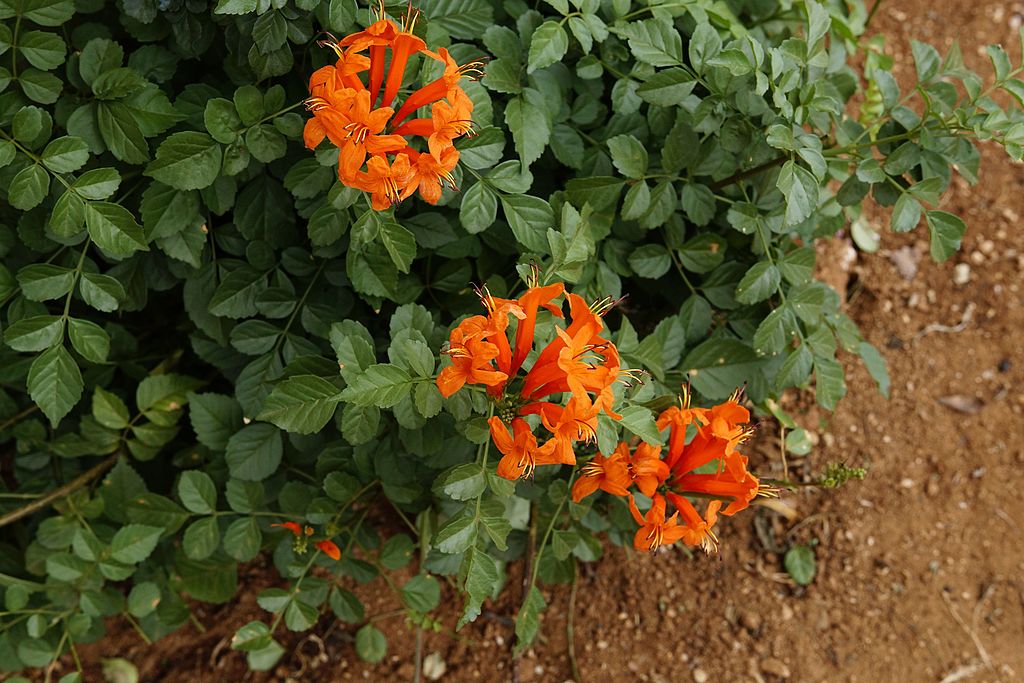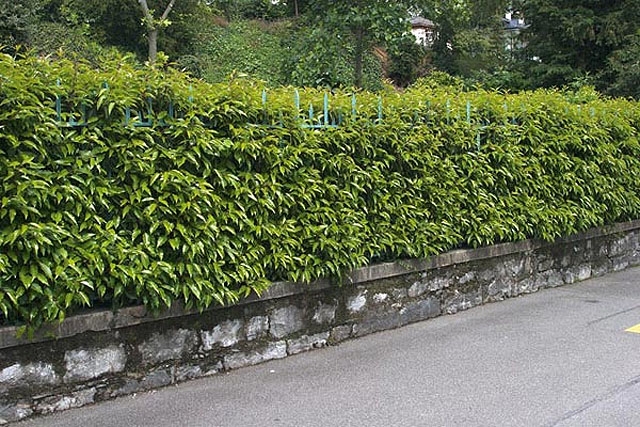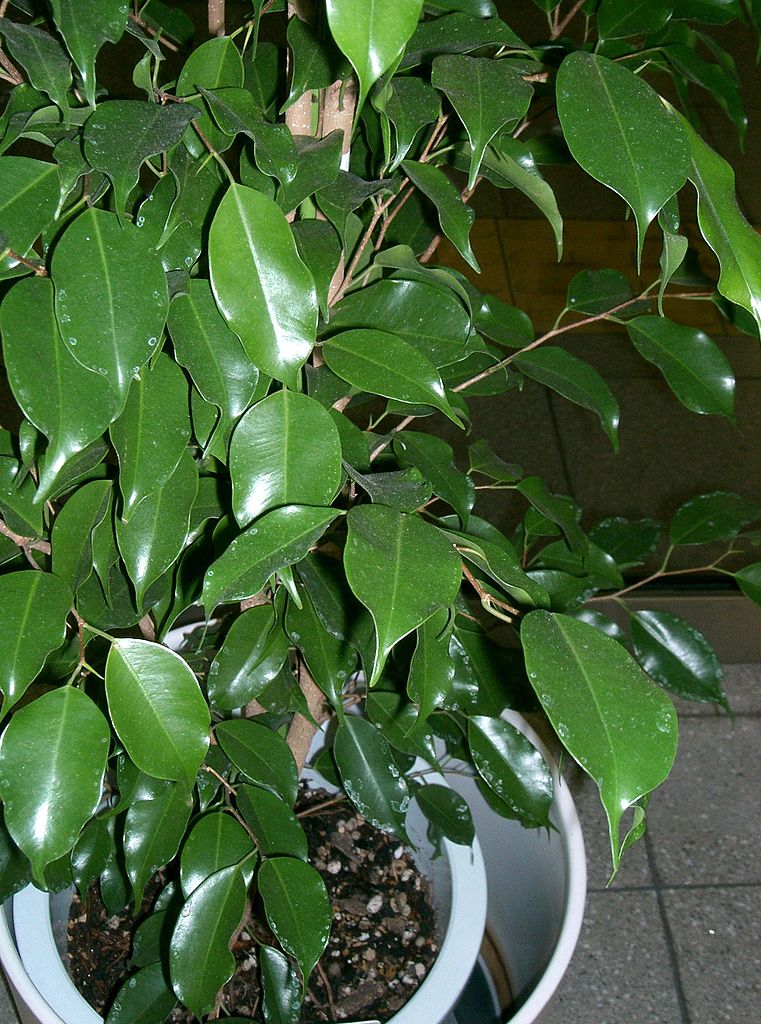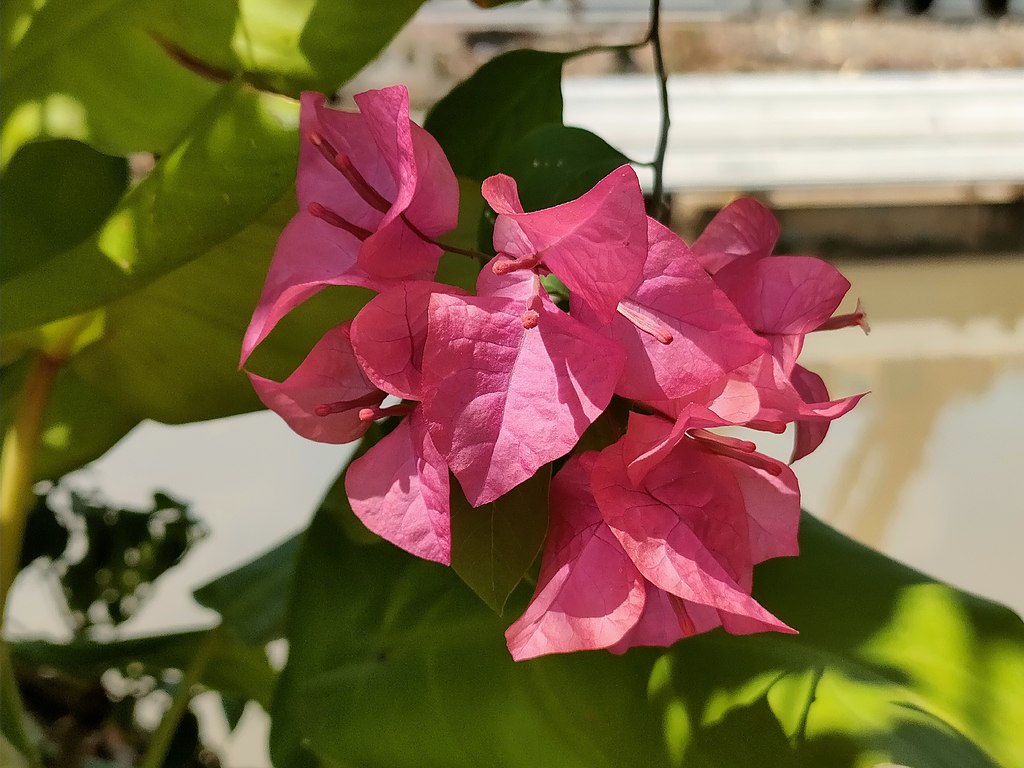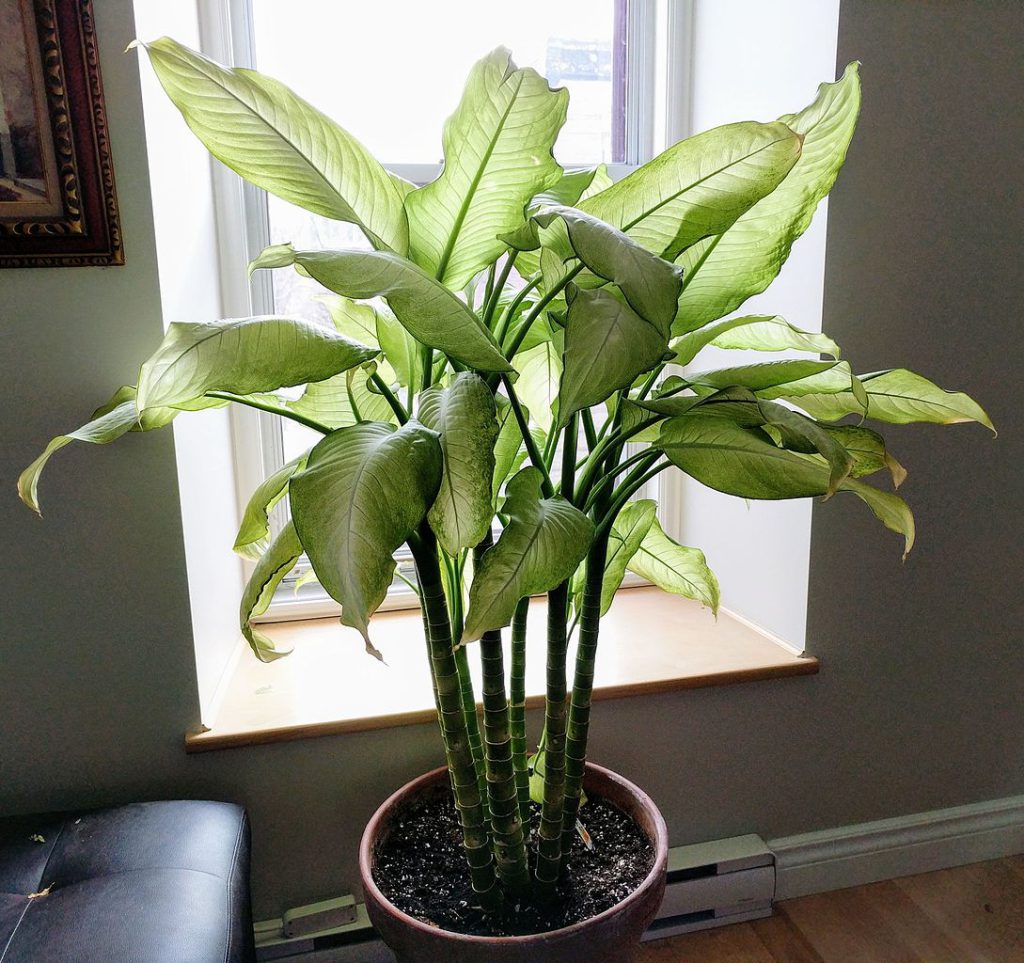Cape honeysuckle (Tecoma capensis) is a rambling broadleaf evergreen shrub native to southern Africa, often grown in warm climates as a flowering shrub or liana (a plant that hangs from trees), where its blazing orange hues provide winter color and sweet nectar attract hummingbirds. Common name aside, this is not a true honeysuckle (Linicera spp.), but rather a close relative of trumpet creeper, belonging to the same Bignoniaceae family.
This easy-to-grow plant has pinnately compound leaves with five to nine diamond-shaped leaflets. From fall to spring, it produces clusters of trumpet-shaped yellow, apricot, red, or orange flowers.
Cape honeysuckle is a fast-grower that can grow anywhere from 30-60 centimeters tall in its first year after a successful spring planting. As a shrub, it matures at 3 meters tall, but it can also ramble as a climbing vine as much as 9 meters or more. You can grow it in a container if space is limited or if you want to maintain it at a manageable size.
Flowering and Fragrance
Unlike most flowering plants, cape honeysuckle doesn’t have a set bloom time.
Instead, it has several blooming periods throughout the year, which is one of its most special features.
The flowers are narrow, tubular, or trumpet-shaped, and about 7 centimeters long.
Borne as terminal clusters, they open into a 2-lipped and 5-lobed mouth.
The flower color ranges from orange, red-orange, and yellowish-orange (apricot-like color) to yellow and deep red.
In addition to being showy, the flowers also produce generous amounts of nectar and hence, are highly attractive to bees and birds.
Light & Temperature
Cape honeysuckle (Tecoma capensis) grows in full sun to partial shade. Too much shade, however, can lead to fewer blooms.
It is not much winter hardy and cannot tolerate temperatures below -5 degrees Celsius.
While it can grow in the protection of a warm wall in mild temperate areas, cape honeysuckle plants need to be taken indoors in areas where the temperature drops very low in winters.
Due to its less resistance to cold weather, the plant often starts losing its leaves when exposed to temperatures below -4 degrees Celsius.
In warm or temperate areas, however, cape honeysuckle grows as an evergreen shrub.
Watering and Fertilising
The watering needs of the tropical Tecoma capensis vine aren’t very high.
While it prefers a moderate amount of water, it is also fairly drought tolerant.
Regular watering in summer, however, ensures the best growth.
On average, watering deeply about once a week, when planted in full sun, and once or twice a month, when grown in shade, is enough.
The rule of thumb for watering cape honeysuckle is to let the soil dry out slightly between waterings.
Feed the plant with a granulated, balanced (10-10-10), and slow-release fertilizer once in early spring, before the new growth emerges.
Make sure to only apply a thin and even layer of the fertilizer around the base of the plant.
Applying a balanced fertilizer after pruning helps encourage new growth and improve flowering as well.
Soil
Cape honeysuckle doesn’t have specific soil requirements – it can easily grow in the garden in any soil type as long as it is well-composted and well-draining.
Pruning Cape honeysuckle
Since Cape honeysuckle trumpet flower shrub grows at a fast rate and often scrambles up the nearby plants, walls, fences, or other structures, it can get an untidy appearance and the foliage needs to be trimmed.
Prune the plant in the late winter months to promote new growth and enhance the production of flowers.
The plant can tolerate and responds well to heavy pruning.
Apart from trimming and pruning, which is also not essential, cape honeysuckle doesn’t require care and maintenance – it is an easy-to-grow and low-maintenance plant.
How to Propagate Orange Cape Honeysuckle
Because Cape honeysuckle produces suckers, the plant will naturally propagate itself for you. You can also propagate the plant with softwood cuttings. during spring and summer.
However, the easiest and quickest way to grow the capensis plant is through rooted suckers; commonly found around the base of adult plants.
Simply remove them from the parent plant during the active growth season and transplant them in the garden.
Cape honeysuckle will grow from seeds, found in bean-like seedpods, in early spring or summer.
To propagate with suckers
You can simply wait until a sucker has rooted and produced new growth, then you can clip the stem connecting it to the main plant, dig it up, and move to where you would like it.
Help the process along if you wish by burying the off-shoot stems in the spring. Then in the fall, once the new growth is established, simply cut the stem connecting it to the main plant, dig it up and place it where you want it.
To propagate with softwood cuttings
Use sharp pruners to clip off five-inch-long softwood stems.
Trim off all except the top leaves.
If the base of your cuttings are woody, use your shears to scrape off some of the bark.
Dip the base of the cutting in rooting hormone.
Plant the cutting in a pot filled with standard potting mix. (You can mix peat and perlite into the soil to improve chances for success.)
Keep the cuttings moist and at a temperature of between 70 and 75 degrees Fahrenheit. Placing a plastic bag over the pot can help retain moisture.
Expose the cuttings to a normal daylight schedule. The roots will be established in 2 to 14 weeks, at which time they can be transplanted to your yard or garden.
Greek name: Mπιγκνόνια (Καπένσια).
Source: https://www.valentine.gr/bignonia_gr.php, https://www.thespruce.com/cape-honeysuckle-growing-tips-3269216, https://plantcaretoday.com/tecomaria-capensis.html, https://www.costafarms.com/plants/cape-honeysuckle
Tags: ORNAMENTAL PLANTS

